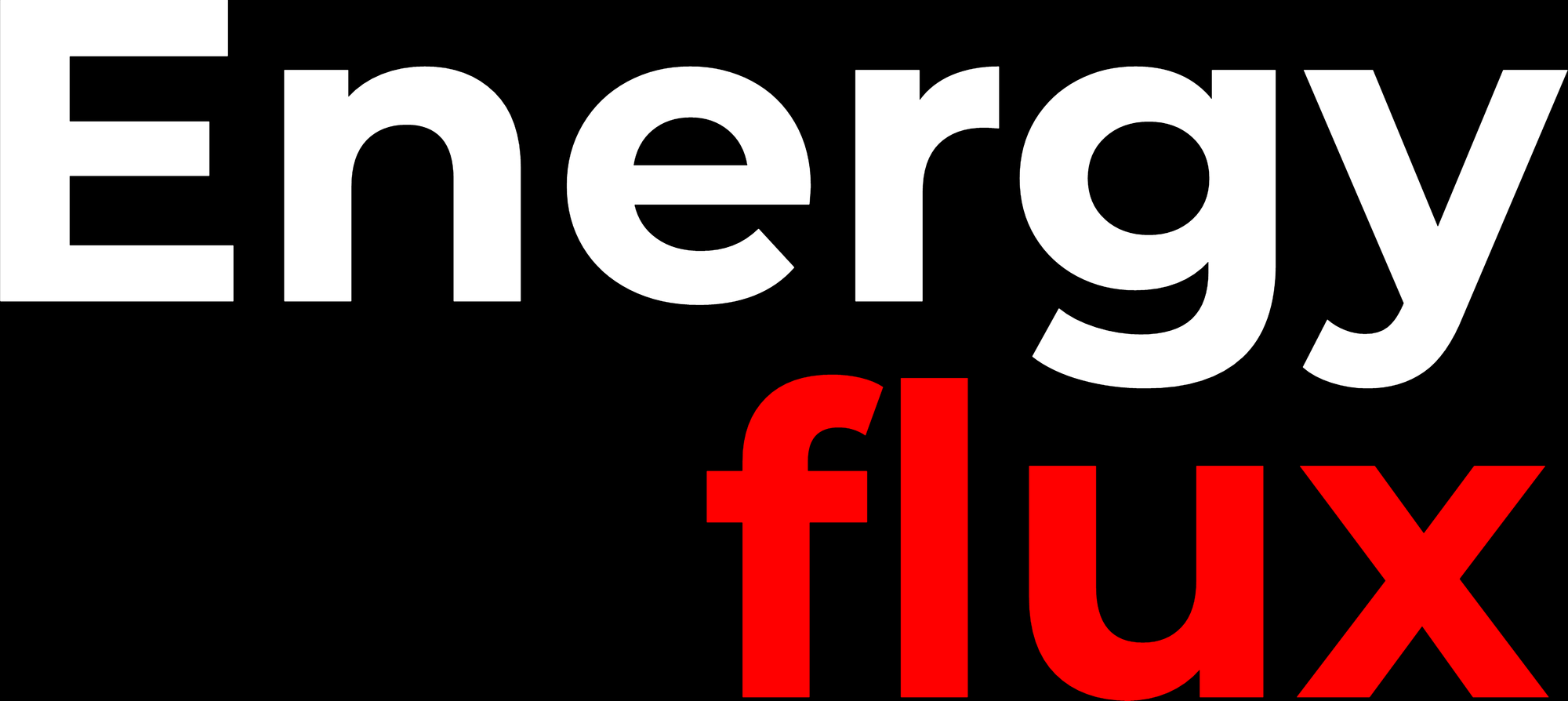Bitcoin’s climate reckoning
DEEP-DIVE: Whatever the motive, Elon Musk’s bitcoin broadside can only be A Good Thing for cryptocurrencies and the climate


Member discussion: Bitcoin’s climate reckoning
Read what members are saying. Subscribe to join the conversation.





